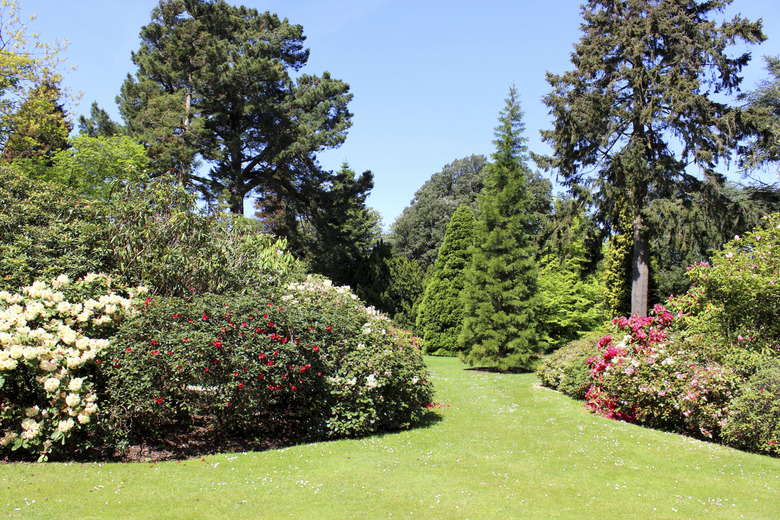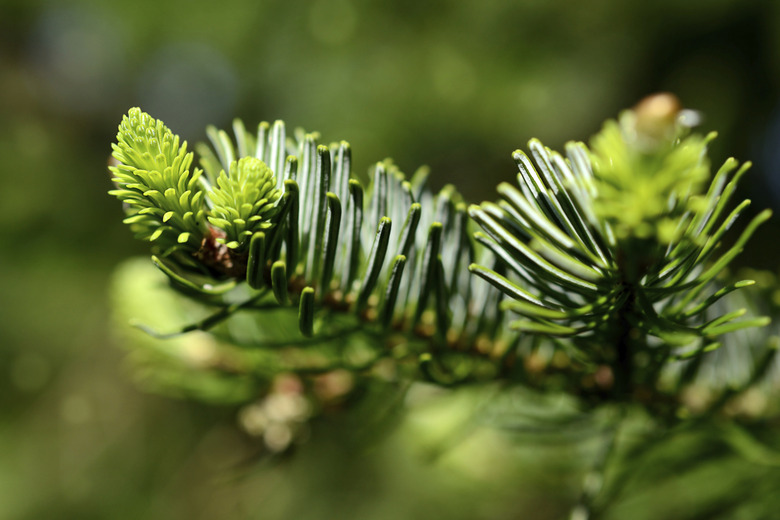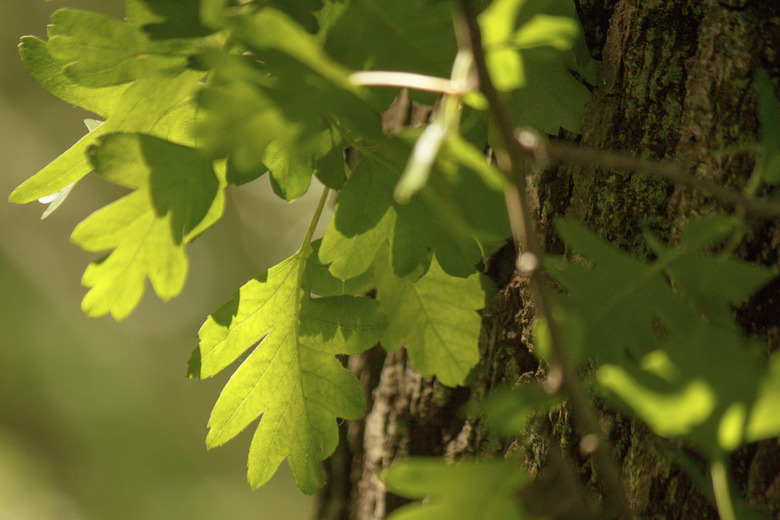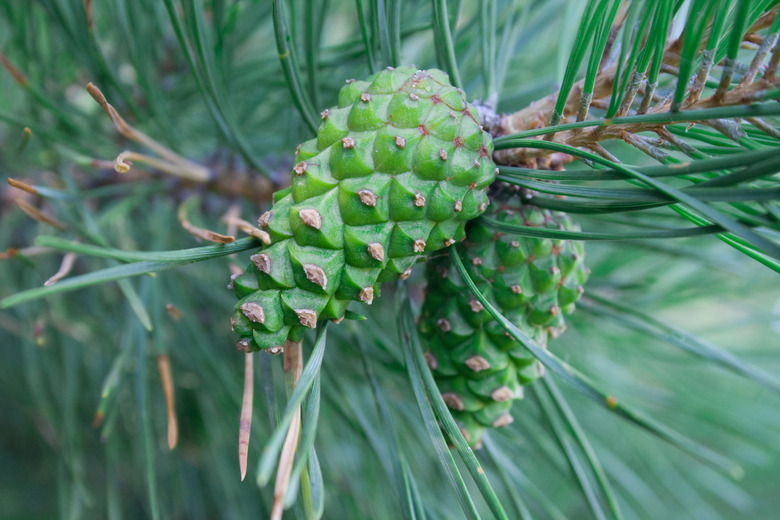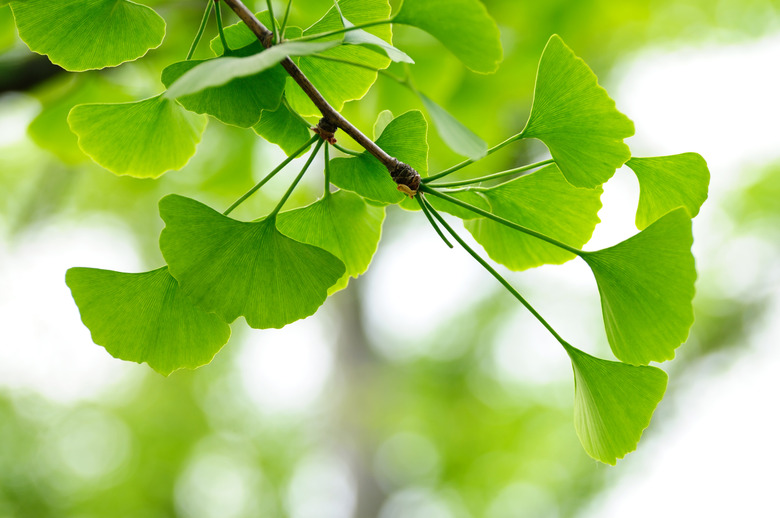Differences Between Conifers & Flowering Plants
If the term flowering plant makes you think of he-loves-me-he-loves-me-not wildflowers, and conifers bring to mind Christmas trees, it is time to broaden your definitions. These two categories of plants comprise 100 percent of the seed-plants on the planet. Both reproduce by producing seeds, but the way they hold onto their seeds is different.
Conifers vs. Flowering Plants
Conifers vs. Flowering Plants
In the end, many distinctions involve sex, and the elements that distinguish conifers from flowering plants also involve reproduction. Both flowering plants and conifers propagate by forming seeds that grow into new plants. Seed plants that flower are called angiosperms, and their seeds grow inside tissue that is part of the plants' ovaries, more commonly called fruit. Conifers are gymnosperms, and their seeds grow naked, often on the scales of a cone, instead of encased in fruit.
Flowering Plants
Flowering Plants
The flowering plant category of seed plant contains most of the green, growing things on Earth, including trees like oak trees (Quercus spp.). Oaks grow in U.S. Department of Agriculture plant hardiness zones 4 through 9, and, while their flowers are hardly frothy or frilly, they get the job done. Tiny oak flowers have both stamens, which produce pollen, and pistils, which receive the pollen and get it to the ovule inside the ovary. A fertilized ovule becomes a seed, while the ovary becomes the protective fruit.
Sex and the Conifer
Sex and the Conifer
Like flowering plants, conifers multiply by producing seeds, tiny plant embryos. But conifer seeds are not enclosed in the plant's fruit. Instead, they are unprotected and open to the environment. Like flowers, conifers like the Eastern pine (Pinus strobus), which grows in USDA zones 3 through 8, have both male and female structures — in this case, cones. Male cones bear pollen, which fertilizes the ovules that are on top of the scales in the female cones. The fertilized ovule becomes the seed. As the cone ripens, the scales separate and the seeds drop off.
Conifers vs. Evergreens
Conifers vs. Evergreens
While focusing on the distinction between flowering plants and conifers, don't confuse the term conifer with the term evergreen. Evergreens are plants that keep their leaves all year, as opposed to deciduous trees that lose their leaves in winter. Many evergreens are conifers, like the Norway spruce (Picea abies), which grows in USDA zones 2b through 7a, and the coast redwood (Sequoia sempervirens), which grows in USDA zones 7 through 10a. But some conifers are deciduous. Both the broad-leaf ginkgo (Ginkgo biloba), which grows in USDA zones 5 through 9, and the larch (Larix laricina), which grows in USDA zones 2 through 5, lose their leaves in winter. And many evergreen are not conifers, like magnolias (Magnolia spp.), which grow in USDA zones 3 through 9.
Cite This Article
MLA
Spengler, Teo. "Differences Between Conifers & Flowering Plants" sciencing.com, https://www.sciencing.com/differences-between-conifers-flowering-plants-12391654/. 23 August 2018.
APA
Spengler, Teo. (2018, August 23). Differences Between Conifers & Flowering Plants. sciencing.com. Retrieved from https://www.sciencing.com/differences-between-conifers-flowering-plants-12391654/
Chicago
Spengler, Teo. Differences Between Conifers & Flowering Plants last modified March 24, 2022. https://www.sciencing.com/differences-between-conifers-flowering-plants-12391654/
